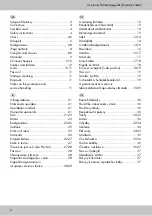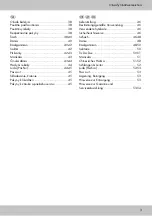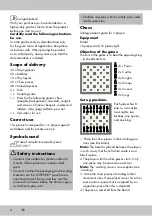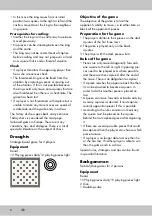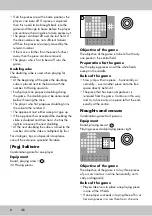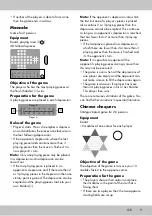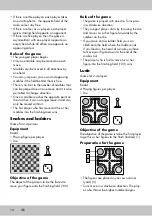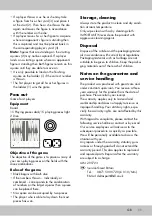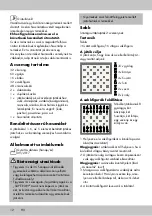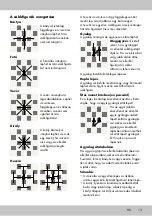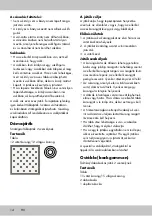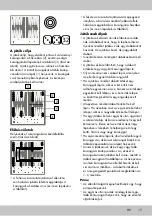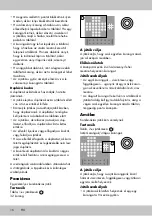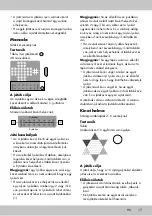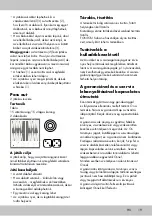
5
GB
Moving the chess pieces
Castle
The castle can only be
moved horizontally or
vertically. It is not
possible to jump over
other pieces.
Bishop
The bishop moves
diagonally across the
board and cannot jump
over other pieces.
Queen
The queen is the piece
with the greatest freedom
of movement. It can be
moved horizontally,
vertically and diago-
nally. However it cannot
jump over other pieces
either.
King
The king can be moved
one square in any
direction as long as the
landing square is not
occupied or threatened
by an opposition piece.
Knight
The knight moves two squares vertically or hori-
zontally and one square to the left or right.
The knight is the only figure that can jump over
other pieces (occupied squares).
Pawn
The pawn can only ever move one square
straight forwards.
Note:
This is different if
you are taking an
opposition piece with a
pawn. If a square
diagonally to the left or
right is occupied by an
opposition piece then the
pawn can take this piece
diagonally.
The pawn can also make the following special
moves:
Double move
When a pawn is moved for the first time it can
be moved forwards two spaces. Neither of the
squares may be occupied.
En passant capture
This move is only permitted immediately fol-
lowing a double move.
If a player has carried
out a double move
directly next to an
opposition pawn then he
or she can move the
pawn horizontally
behind the pawn that
has been moved two
squares and thus capture
it ‘en passant’.
Promotion on a pawn
If a player succeeds in moving a pawn all the
way to the opponent’s side (into the opponent’s
first row) then he or she may replace the pawn
with a (further) knight, bishop, castle or a further
queen, independent of whether this piece has al-
ready been captured in the course of the game.
Castling
• Castling is the only move in chess in which
two pieces may be moved at the same time.


